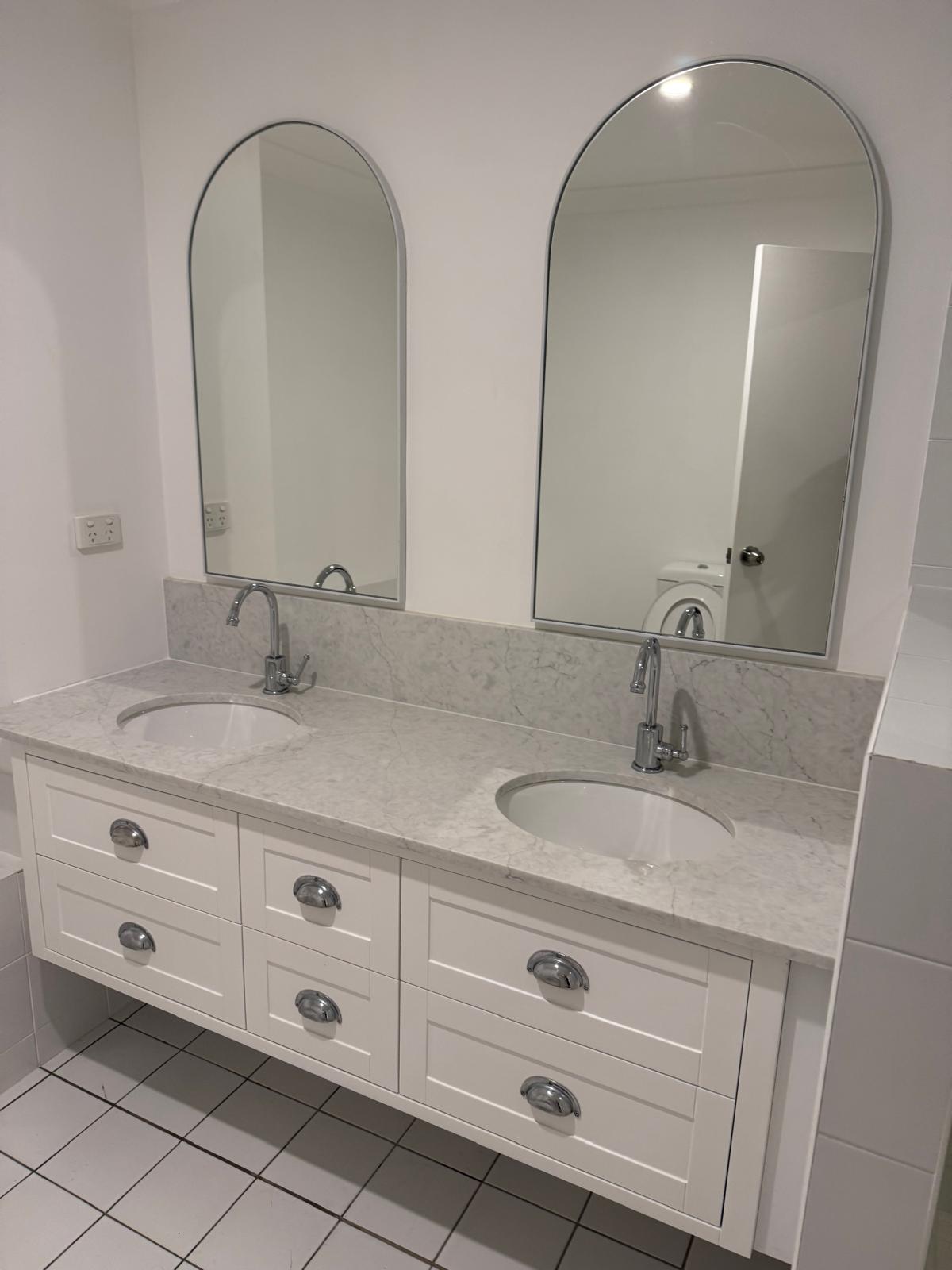Going green with your cleaning doesn’t mean sacrificing results. Modern eco-friendly products clean effectively while cutting down on harsh fumes, irritation, and waste. Here’s why the switch pays off at home (and at work), plus simple steps to get started.
1) Healthier Home, Fewer Harsh Fumes
Traditional cleaners can leave strong odours and residues. Green options are formulated to be gentler while still breaking down grease, soap scum, and everyday grime—so you breathe easier after a clean, not just during it.
Quick win: Choose fragrance-lite or naturally scented options and ventilate while cleaning.
2) Better Indoor Air Quality
A low-VOC (low volatile organic compound) routine reduces that “chemical cloud” after you wipe or mop. That means a fresher feel, less lingering smell, and fewer irritants for sensitive noses.
Pro tip: Use microfibre and a measured dose—over-spraying adds residue and reduces air quality.
3) Safer Around Kids & Pets
Green products are designed with safer bases and clearer labels. You still store them out of reach, but day-to-day use is less risky for curious hands and paws.
Household checklist:
-
Lockable cupboard for concentrates
-
Clearly labelled spray bottles
-
Colour-coded cloths (kitchen, bathroom, glass, general)
4) Surfaces Last Longer
pH-balanced, non-abrasive formulas are kinder to benchtops, finishes, and sealants—especially natural stone and timber. Over time, that means fewer dull patches, fewer repairs, and a better overall finish.
Do this: Use stone-safe, pH-neutral cleaners on marble/limestone/travertine (avoid acids).
5) Smart on Cost
Concentrated refills, tablets, and measured dosing stretch further than you think. With refillable bottles and washable cloths, you buy less plastic and waste fewer half-used products.
Starter kit:
-
1 all-purpose concentrate
-
1 bathroom cleaner
-
1 glass/stainless spray
-
6–8 microfibre cloths + 2 mop pads
6) Lower Environmental Footprint
Refills and concentrates cut plastic and transport weight. Biodegradable formulas reduce impact once they go down the drain. It’s a practical way to reduce waste without compromising cleanliness.
Recycling tip: Rinse containers, remove triggers/pumps if local guidelines require, and recycle caps separately.
7) Looks Good for Business (If You’re a Workplace)
For offices, retail, and strata buildings, a green cleaning policy supports ESG goals and modern tenant expectations—without extra fuss.
Need a managed plan? We can set up low-waste, refill-first systems for your site.
How to Switch in 5 Easy Steps
-
Audit what you have: Keep what’s nearly finished; avoid binning usable product.
-
Pick your core set: All-purpose, bathroom, glass, and a floor cleaner (pH-neutral where needed).
-
Go refillable: Choose concentrates/tablets and sturdy, labelled spray bottles.
-
Standardise tools: Microfibre cloths, a washable mop head, and a squeegee for showers.
-
Set dosing rules: Follow the cap/label measure—cleaner results, less residue, less spend.
Green Cleaning Myths—Busted
-
“Green means weaker.” Modern formulas cut grease and soap scum well—technique and dwell time matter more than brute force.
-
“You need ten products.” One quality all-purpose cleaner covers 70–80% of jobs; add bathroom and glass for best results.
-
“It’s expensive.” Concentrates + reusables usually beat single-use sprays over a few months.
Simple, Surface-Safe Recipes (Optional)
-
Stone-Safe All-Purpose: 500 ml warm water + 1 tsp mild dish soap (no vinegar/citrus).
-
Glass & Mirrors (non-stone surrounds): 450 ml water + 50 ml white vinegar; wipe with a dry glass cloth.
-
Shower Daily Reset: Squeegee glass/walls after each use to prevent heavy chemicals later.
Always patch-test. Keep mixes away from kids/pets. Never mix bleach with acids or ammonia.
FAQs
Do green cleaners disinfect?
Some do; check the label. For medical-grade disinfection, use an approved disinfectant exactly as directed (correct dilution and contact time).
Will my home still smell “clean”?
Yes—just cleaner without the harsh fog. Choose light natural scents or fragrance-free if sensitive.
How many cloths do I need?
6–8 in rotation: kitchen, bathroom, glass, general, plus backups.


 Blog
Blog